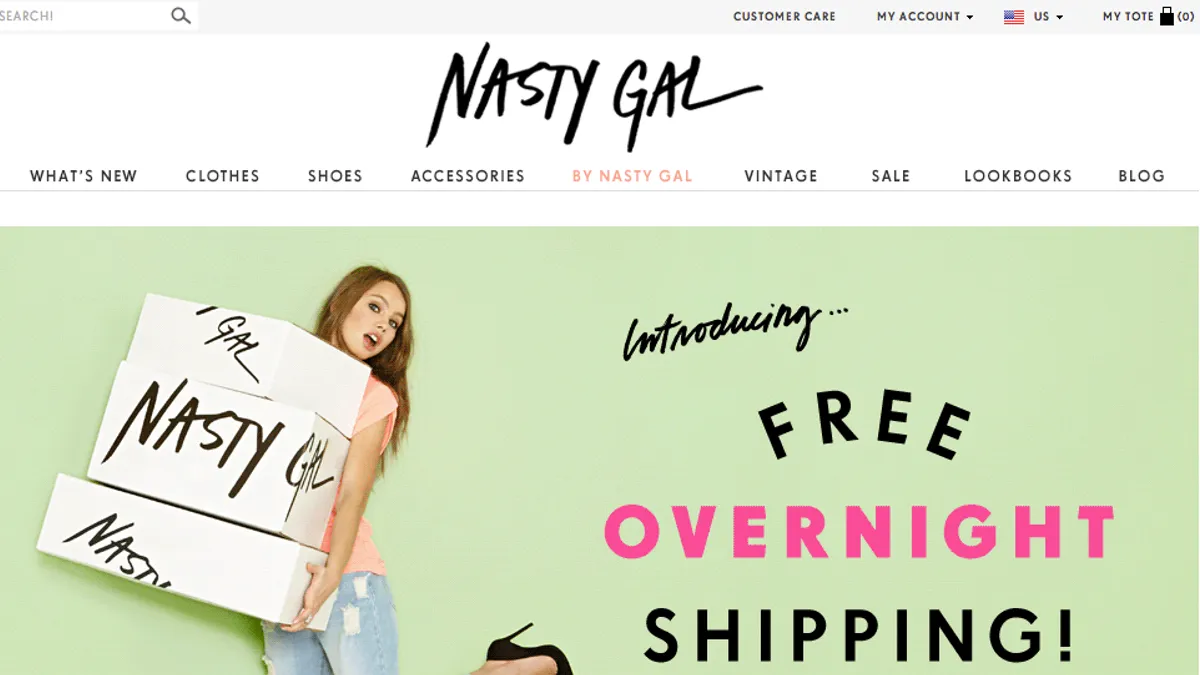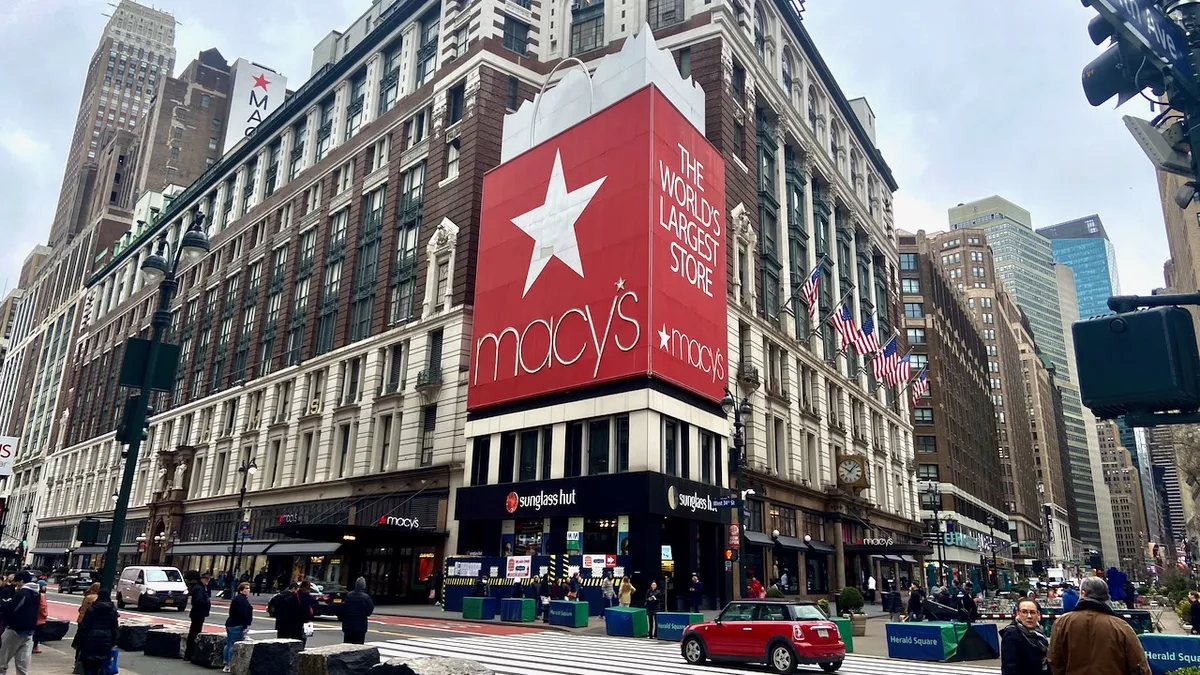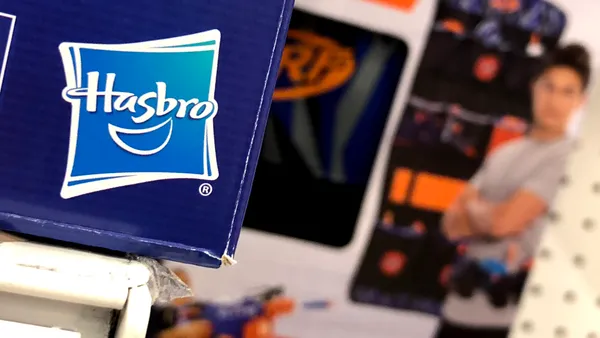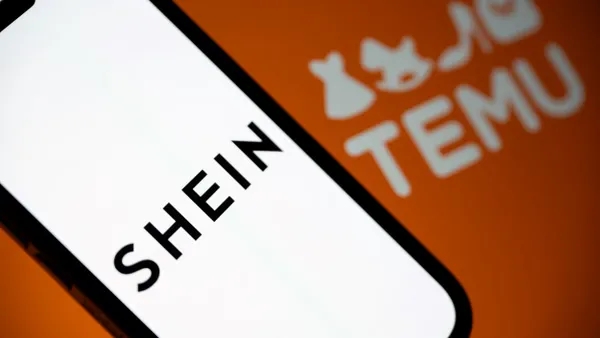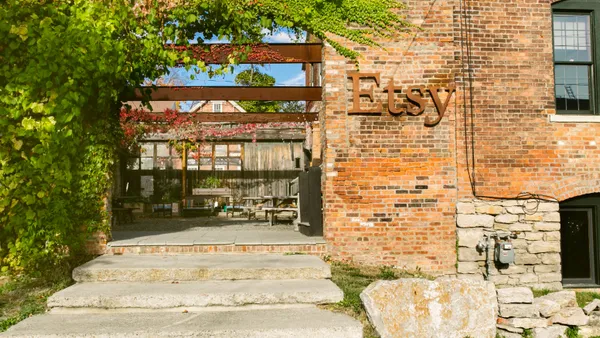Dive Brief:
-
UPDATE: Women's apparel retailer Nasty Gal has let investors know that the United States Bankruptcy Court for the Central District of California approved an asset purchase agreement it signed with U.K. online apparel retailer Boohoo and an auction for Nasty Gal's business, with the U.K. e-commerce fashion retailer as a stalking horse bidder.
-
Boohoo has offered $20 million for Nasty Gal's intellectual property assets, but an auction could attract a higher bid; any such bids are due by Feb. 2.
-
Last week Boohoo confirmed its stalking horse status and said that its board believes that Nasty Gal’s "bold and distinctive brand for fashion-forward, freethinking young women” would complement “Boohoo’s own inclusive and inspirational brand.”
Dive Insight:
Nasty Gal, which garnered a vote of confidence in February 2015 in the form of a $16 million Series C funding round led by former Apple retail guru (and failed J.C. Penney CEO) Ron Johnson, has been marked from the start with the defiant and entrepreneurial spirit of its founder, Sophia Amoruso. As recounted in her book "Girlboss" (in the works as a Netflix production), Amoruso got her retail start in her early 20s, selling vintage fashions and other finds — sometimes purchased, sometimes shoplifted — on eBay, and turned that into a respectable e-commerce enterprise.
But in January 2015 Amoruso stepped down as CEO, handing the reins to retail veteran Sheree Waterson, who previously served as president, in an effort to bring the business to a new level of maturity. That included efforts to expand beyond e-commerce: Even before Johnson led the investment round, Johnson helped Nasty Gal open its first store on Los Angeles' Melrose Avenue. A second location followed in May 2015.
Nasty Gal has continued to struggle, however, beset by reports that it cheated employees of benefits like maternity leave, and by critical reviews for a collaboration with controversial singer Courtney Love. Nasty Gal has also failed to grow beyond its cult following among young millennial women favoring its edgy apparel and sensibilities, and, like many other e-commerce sites, it has struggled in the face of competition from fast-fashion brands like Forever 21 and Zara, which are nimble enough to react to new apparel trends and quickly change up their merchandise.
By early last year, Nasty Gal had cut another 10% of its staff, which Waterson characterized then as “strategic restructuring,” but by late summer, the retailer was reportedly looking for a buyer. That’s where Boohoo is enthusiastically willing to step in, embracing the brand's appeal to young shoppers as a plus for its own ambitions.
Nasty Gal delivered net revenue of $77.1 million in the year ended Feb. 1, 2016, including revenue from vintage clothing and third-party brands, which are excluded from the proposed transaction, according to a press release from Boohoo. Nasty Gal’s after-tax net loss in that period was $21 million, after taking into consideration operating costs. (Boohoo is bidding on Nasty Gal’s intellectual property assets only, and none of its operating costs.)
“Should we be successful in acquiring Nasty Gal it would represent a fantastic opportunity to add such a well-established, global brand to the Boohoo family,” Boohoo's joint CEOs Mahmud Kamani and Carol Kane said in a statement. “Following our recent acquisition of PrettyLittleThing.com we believe this would represent an ideal next step in inspiring an ever-growing range of young customers internationally.”



